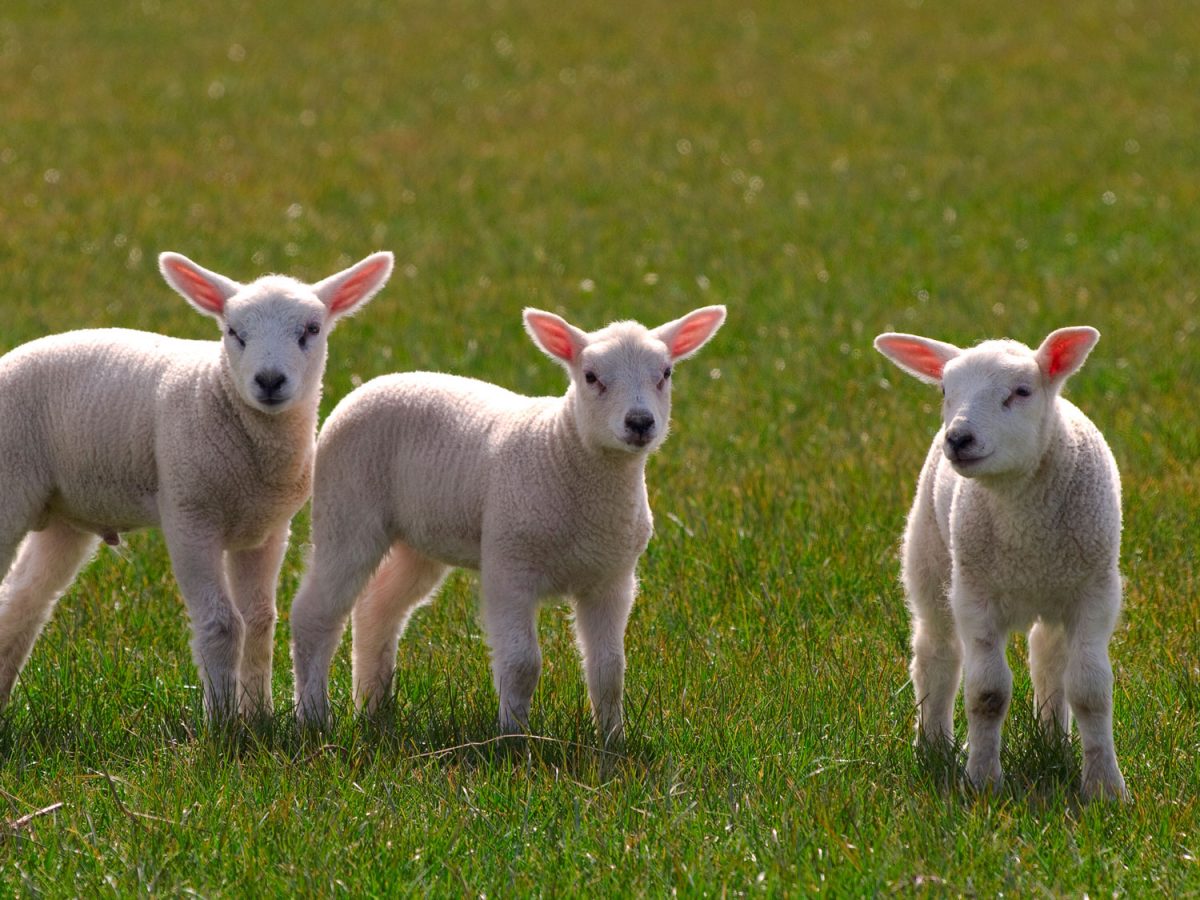Sheep and beef farmers achieved a lower lambing percentage in spring 2019 – on average than in 2018, according to Beef + Lamb New Zealand’s (B+LNZ) Lamb Crop 2019 report.
B+LNZ’s Economic Service estimates the number of lambs tailed in spring 2019 decreased by 2.4 percent or 552,000 head on the previous spring to 22.7 million head. Most of the decline occurred in the South Island.
The lower number of lambs tailed in the South Island is expected to have reduced the number of lambs processed for export in the first quarter of the 2019-20 season, from October to December.
Lambs from ewe hoggets also fell, as fewer ewe hoggets were mated.
The number of adult sheep processed is expected to increase 9.2 percent from 3.4 million head in 2018-19 to 3.7 million head in 2019-20.
The lambing percentage was 127.1 percent, 1.5 percentage points lower than in spring 2018.
This means 127 lambs were born per hundred ewes, compared with an average of 123 over the prior 10 years. For spring 2019, a one percentage point change in the New Zealand ewe lambing percentage is equivalent to 170,000 lambs.
Andrew Burtt, Chief Economist of B+LNZ’s Economic Service, says that while the record high lambing percentage achieved in spring 2018 was always going to be difficult to match, after conditions were favourable overall that year, there were some regional declines that were a little surprising in spring 2019 and a reminder of the natural systems that farmers have to work with.
“2018’s result was such a fantastic achievement that proved farmers were efficient and doing more with less. It was going to be difficult to set another record. But the South Island, and Otago in particular, really struggled in 2019 due to drier conditions leading to lower feed availability,” says Mr Burtt.
Otago recorded an average lambing percentage of 116.6 percent, a decrease of 5.4 percentage points from 2018, continuing the decline since the 142.3 percent achieved in 2017. It was also the lowest result since 2010.
There was a strong regional variation in spring 2019, and lamb growth rates were better in the North Island than in the South Island.
“When considering these numbers, we need to keep in mind that not all regions experience the same conditions for weather and pasture growth, and other challenges occur; we shouldn’t expect regions to perform exactly the same.”
Early schedule prices were exceptionally strong, with some regions achieving record high prices for lambs. Farmers were under little pressure to send lambs to processing early, but despite the high prices, farmer morale is low as they contemplate the impact of proposed government regulations and tighter bank lending conditions.
The tonnage of lamb produced is expected to decrease 4.4 percent due to a combination of fewer lambs and a slightly lower average carcase weight.
B+LNZ Economic Service’s Lamb Crop survey is drawn from its Sheep and Beef Farm Survey, which covers a statistically representative sample of over 500 commercial sheep and beef farms.
B+LNZ’s Lamb Crop 2019 report is available here.
Source: B+LNZ












